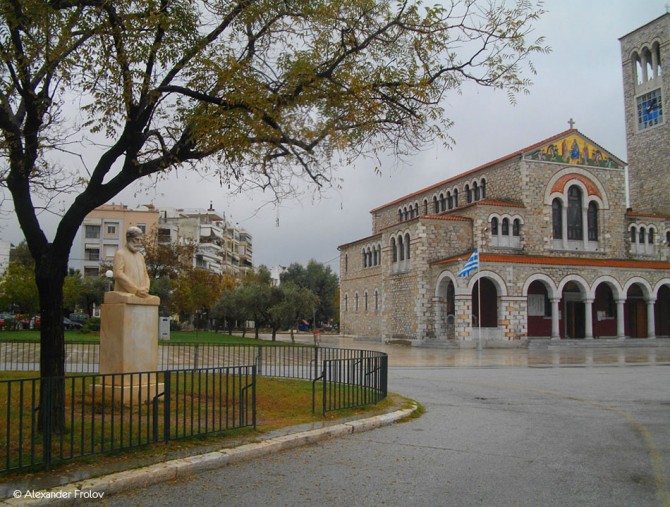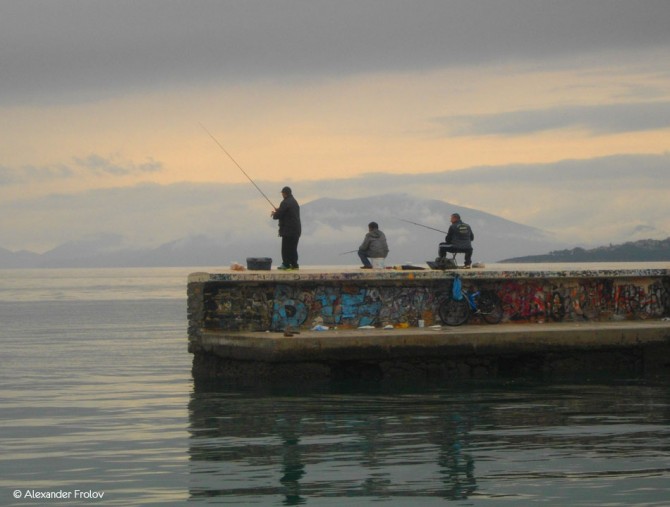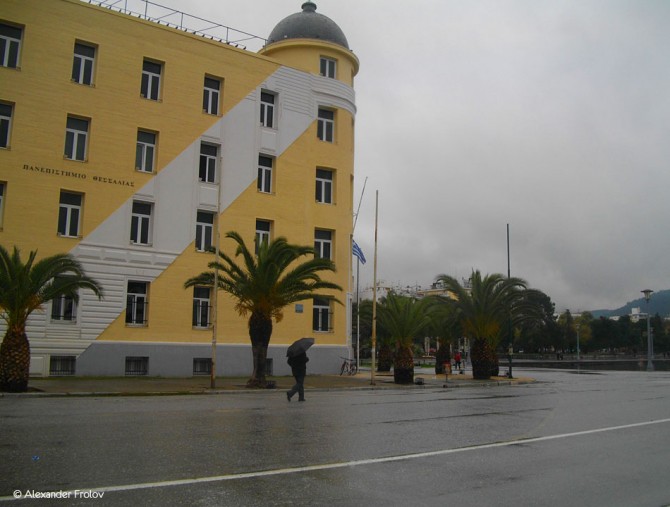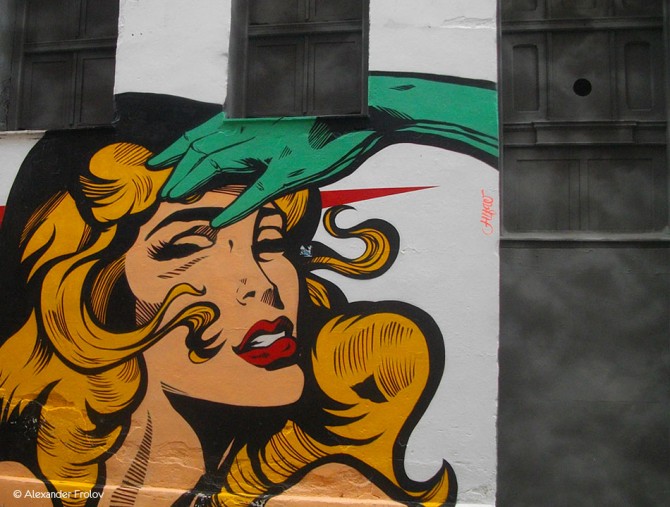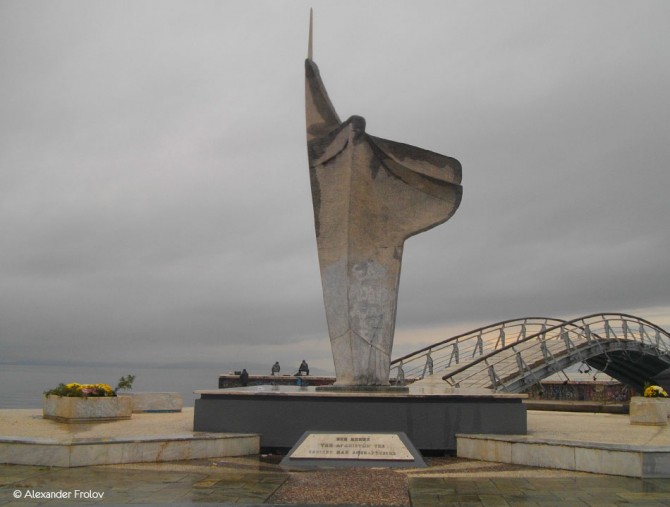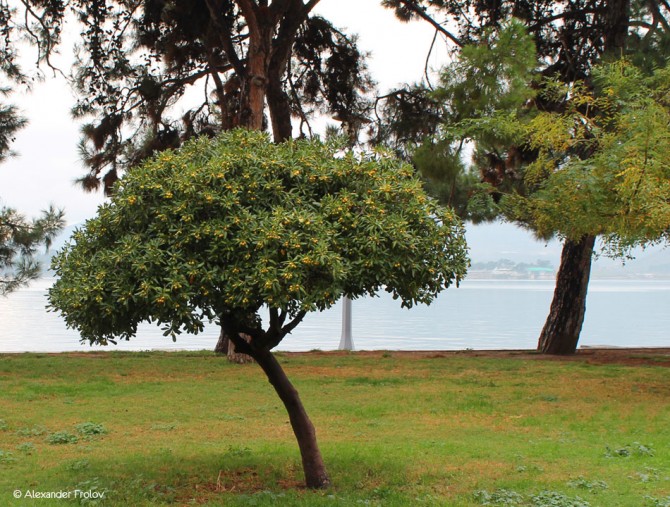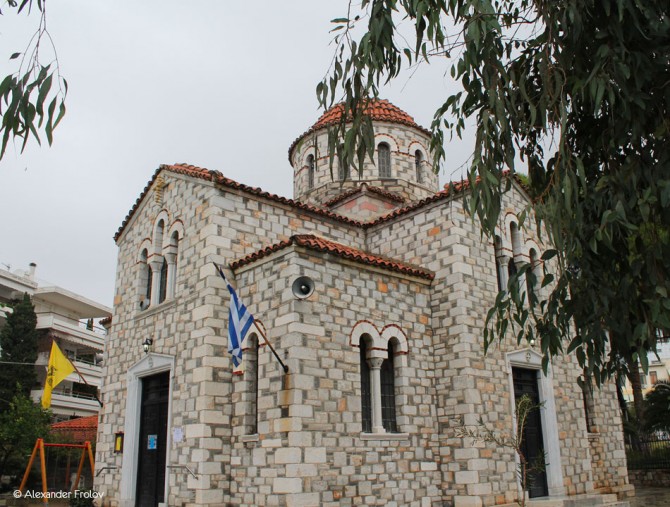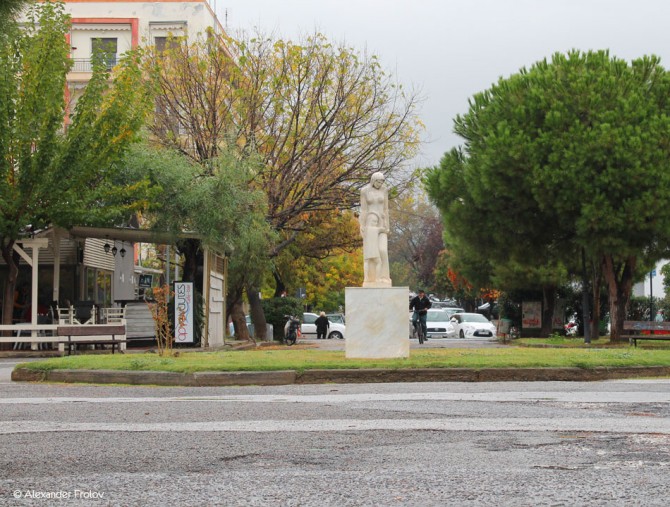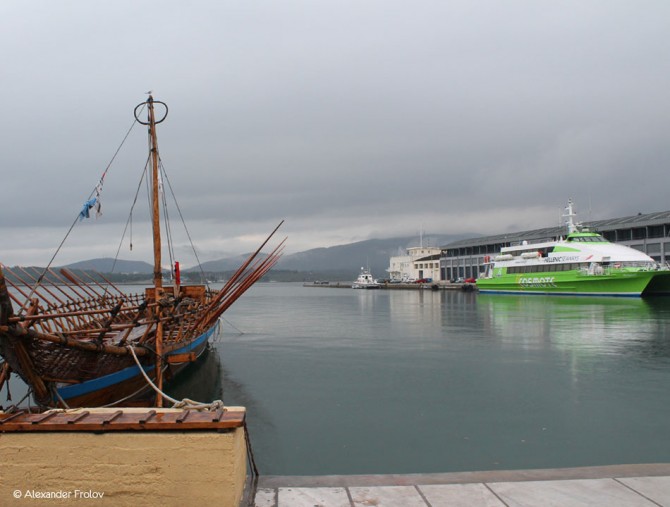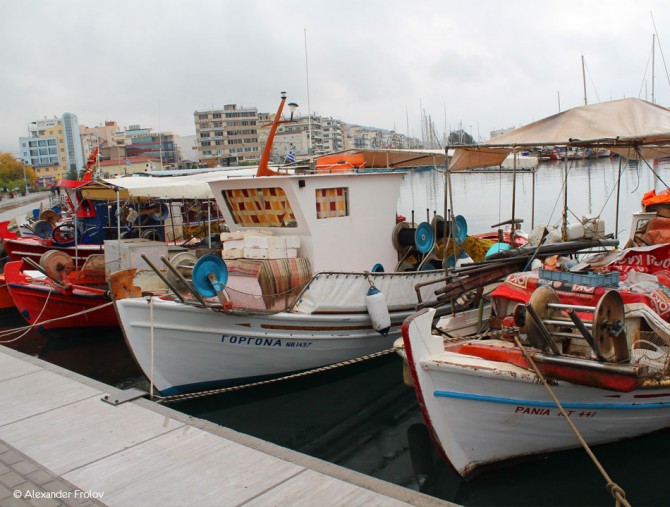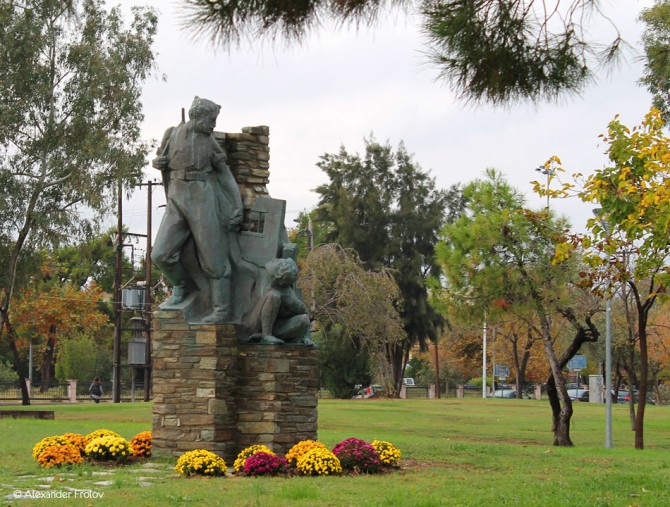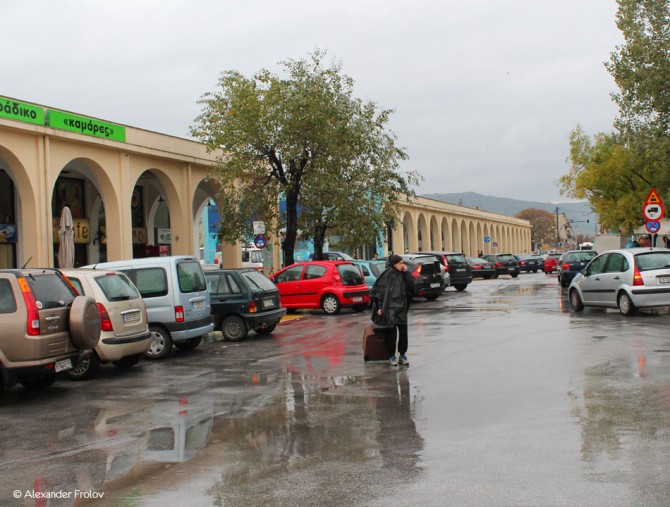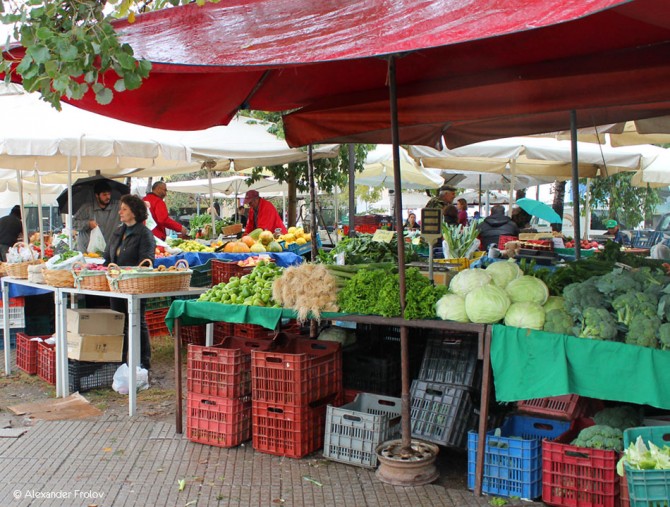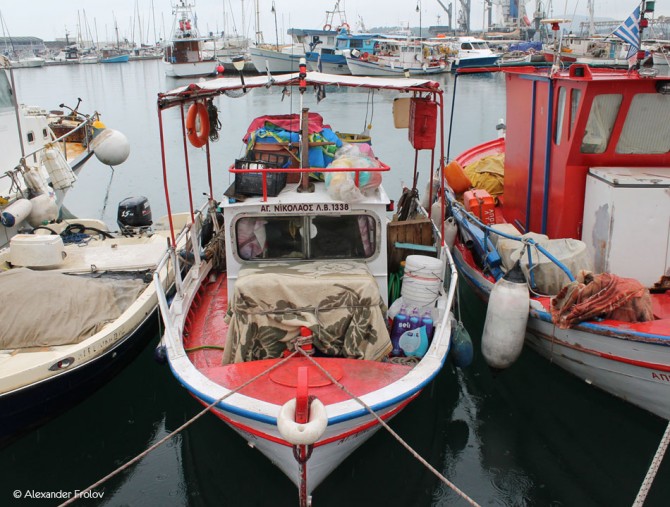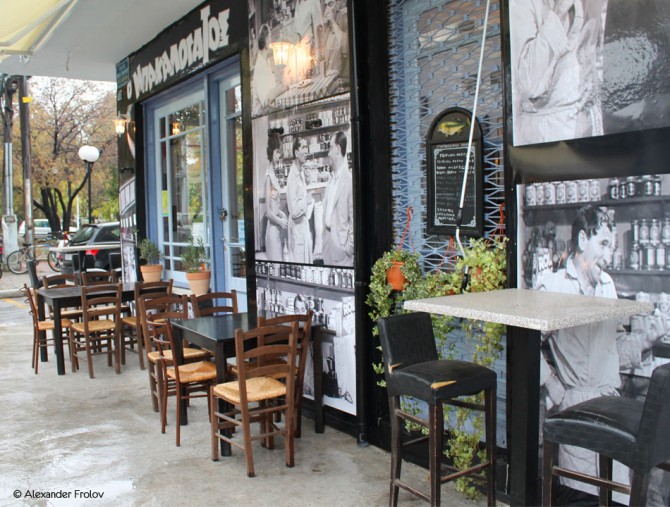Волос
Один из крупнейших городов Греции, третий после Афин и Салоников - Волос. Также Волос - один из крупнейших портов и промышленных центров страны. Находится он в префектуре Магнезия в Фессалии. Основан Волос был в XIX веке как морской порт для вывоза товаров, произведенных в Фессалийской равнине. Несмотря на столь “юный возраст”, история города уходит далеко в прошлое. Территория, на которой расположился современный город, древняя Магнисия, считается одним старейших обитаемых мест в Греции. Тут были найдены останки порядка сорока древних поселений эпохи неолита (7-8 тысячелетия до н.э.). Редчайшие артефакты с этих раскопок сейчас можно видеть в местном археологическом музее, входящем в десятку лучших музеев Греции. Не меньше связаны эти места с греческой мифологией. Совсем неподалеку от Волоса находится знаменитая “гора кентавров” Пелион, где согласно преданиям жил когда-то мудрый кентавр Хирон. И именно тут из-за “Яблока раздора” началась знаменитая троянская война. Из древнего города Иолкос, что находился на окраине Волоса, начали свой знаменитый поход за Золотым Руном в Колхиду Аргонавты. Сейчас археологические раскопки древнего города доступны для посещения. В 293/92 г. до н.э. царь Македонии Димитрий Полиоркитис основал одноименный город Димитриаду, объединив соседние поселения. Димитриада была мощной военной базой и базой для македонцев. В то же время, он превращается в важный торговый центр, пик рассвета которого припадает на 217-168 до н.э. В 197 г. до н.э. Димитриаду оккупируют римляне. Город был построен в соответствии с гипподамовой системой и был окружен мощной стеной. В восточной части города располагался дворец, в южной - рынок, и в западной - театр (3-й век до н.э.). Находятся раскопки древней Димитриады в 1,5 километрах к югу от современного Волоса.
Современное название города впервые встречается в 14 веке нашей эры.
В середине XX века в Волосе произошло крупнейшее землетрясение, уничтожившее множество прекрасных неоклассических зданий. Одно из уцелевших строений - великолепный железнодорожный вокзал. В наши дни - это крупный промышленный центр и порт. Общественная жизнь тут сосредоточена на набережной. Тут и променад, и восстановленная модель Арго, и университет.
Как добраться до города Волос в Магнисии:
- на машине из Афин (326 км) по трассе Афины-Салоники
- на машине из Салоников (215 км) по трассе Афины-Салоники
- на автобусе из Афин с автовокзала Лиссион
- на поезде из Афин с вокзала Лариссис
- на самолете
Дополнительную информацию о регионе можно найти здесь
Фото и текст: Александр Фролов
Volos
It is the third bigger city in Greece after Athens and Thessaloniki and one of the most beautiful of the country. It belongs to the prefecture of Magnesia, in Thessaly, and is an important industrial center, while its port is a bridge between Europe and the Eastern Mediterranean and Asia. No wonder this city has so great history, going back to centuries. The area of Volos, the ancient Magnesia, is one of the oldest residential areas of Greece. The excavations have brought to light 40 Neolithic settlements (7 to 8 millennium BC) so far, while many of them continued their activities during the Bronze Age (3000-1500 BC). The extraordinary findings are now kept in the impressive Archaeological Museum of Volos. In this area is where the mythical Centaurs lived (in Pelion), here is where the Trojan War was started and from here is where the mighty Argonauts started their adventurous trip to Colchis, sailing with the mythical trireme Argo, when the area was known as Iolkos, an important palatial center of the Mycenaean period. The ancient remains of the city were discovered in the Palaion hills, at the entrance of Volos, and are visible under the walls of the Byzantine castle, which was built by Justinian. Back to the ancient times, the city which was built in this area was known as Dimitrias. It was founded by the Macedonian king Dimitrios the Besieger in 293/92 BC and was a strong military post and base of the Macedonians. The archaeological site of the city is located 1,5 km south of Volos. The excavations have brought to light the Macedonian palace and market, the ancient theater and other important public buildings, private houses and also large parts of the cemeteries. The brilliant development of the city continued during the Roman and the early Christian times, while in the 5th century AD Demetrias became a bishop seat. The name Volos is found for the first time in the 14th century. During the Turkish occupation, the economic and cultural activity of the region transferred in Pelion. In 1881, Volos and Magnesia area attached to the liberated Greek state. Apart from its glorious history and the important archaeological sites that adorn the area around Volos though, the reasons for visiting the city are many more. Volos is a modern well-built city, with an intense cultural life, many attractions (museums, churches, monasteries, squares and parks), but also numerous restaurants, taverns and bars that will keep you busy day and night. Not to mention the proximity to the beautiful villages of Pelion, and the island of Skiathos as well, all located just a breath away.
How to get there: By car: From Athens (distance 317 km) via E75. From Thessaloniki (distance 210 km) via A1 and E75. By bus: Athens bus station (200 Liossion avenue), tel.: +30 210 83 17 186. Volos bus station (west entrance of Volos, 1 kilometer from the city center, in the intersection of provincial roads Athens and Larissa connecting Volos with Pathe), tel.: +30 24210-33253/33254/25527. By air: Volos airport (State Airport Aghialos, Almyros, tel.: +30 24280 76886. There are regular daily routes from and to the Volos bus station. By train: The Hellenic Railways Organization (OSE) operates daily routes throughout the year to Volos from Athens (tel.: +30 210 52 40 646) and Thessaloniki (tel.: +30 23210 51 75 17). By boat: Ferry connection with the North Sporades and the islands of the Notrheast Aegean throughout the year, and also with Pefki of Eboia and Platanias of Pelion. You can also reach Volos with your own boat, as its marina is very organized.
Τext: Marilou Pantazi

